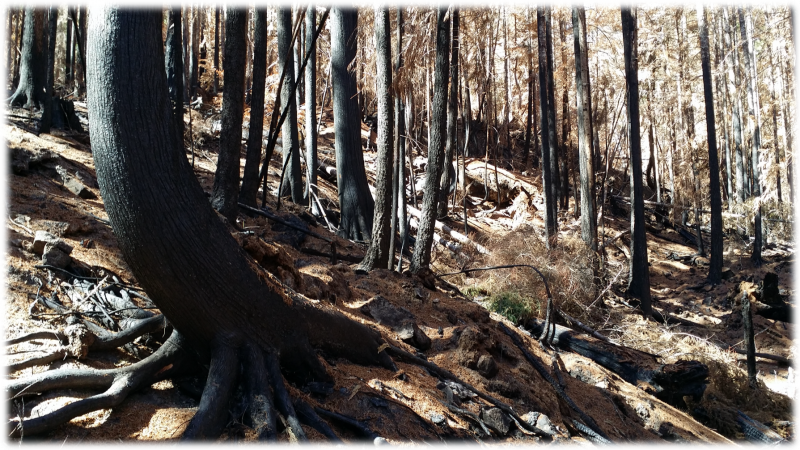On this page you’ll find a short version of the guide. Or follow this link to Download the Complete Guidebook (PDF)
In 2004 the BCCFA and FORREX-Forest Research Extension Partnership jointly published a guidebook on community forestry in British Columbia. Targeted at municipalities, community organizations, and First Nations in the province, Community Forestry Guidebook: Tools and Techniques for Communities in British Columbia is a practical guide for communities and organizations interested in applying for community forest licenses or launching community forestry programs. The publication includes information on governance structures, strategic and business planning, conflict management, budgeting, and evaluation.
In 2003, the BCCFA established an advisory committee of 11 community forest practitioners working in British Columbia. This Guidebook compiles their collective wisdom and embraces many of the lessons on community forestry learned to date. The advisory committee members — Lisa Ambus, John Cathro, Bob Clarke, D’Arcy Davis-Case, Brian La Pointe, Warren Leigh, Cliff Manning, Dennis Morgan, Susan Mulkey, Shawn Morford, and Marc von der Gonna — peer-reviewed each other’s work and guided the project from beginning to end.
The focus is on rural British Columbia, including both First Nations and non-First Nations communities. We acknowledge that additional topics unique to First Nations are not covered in this first edition. If you live in a First Nations community and are working on community forestry, we encourage you to use those Guidebook materials most relevant to you, and to share additional ideas with us.
BCCFA will be updating the information in the Guidebook in 2010-2011. However the information in the 2004 version remains relevant to community forest organizations, particularly those at the pre-application and application development stage.
Why We Wrote the Guidebook
Since the late 1990s, over 100 communities have expressed interest in establishing community forests as a promising strategy for sustainable economic development. However, until recently they have worked in relative isolation. In 2003, the B.C. government announced its intention to expand community forestry in the province. As part of its plan to revitalize the forest economy, the government increased the timber allocated to Community Forest Agreements.
 Navigating this complex landscape of resource management has created a great demand for information on community forestry. At the same time, communities with operational community forests have a great deal of practical experience and wisdom to share. The Community Forestry Guidebook assembles this experience in one easily accessible volume and offers a powerful tool to help community forest initiatives in First Nations and other rural communities.
Navigating this complex landscape of resource management has created a great demand for information on community forestry. At the same time, communities with operational community forests have a great deal of practical experience and wisdom to share. The Community Forestry Guidebook assembles this experience in one easily accessible volume and offers a powerful tool to help community forest initiatives in First Nations and other rural communities.
“This guidebook is our response to the urgent need to get information and resources to communities that want to establish community forests. It represents the collective knowledge of people working in community forestry in British Columbia , and shares the lessons they have learned to date,” says Jennifer Gunter, BCCFA coordinator and editor of the guidebook.
This project was made possible through the generous support of the Vancouver Foundation; B.C. Ministry of Forests through Forestry Innovation Investment Ltd. and the Forest Investment Account, Forest Science Program and Small Tenures Program; and the Tides Canada Foundation – Endswell Fund.
Citation—
Gunter, Jennifer (editor). 2004. The community forestry guidebook: Tools and techniques for communities in British Columbia. FORREX–Forest Research Extension Partnership and British Columbia Community Forest Association, Kamloops and Kaslo, B.C. FORREX Series Report No. 15.
URL: https://www.bccfa.ca/index.php/what-we-do/publications/item/89-guidebook
Related Post
Wildfire Recovery in BC Community Forests Updated March 14, 2020
The purpose of this document is to provide general
Funding Opportunities for Landbase Investment in BC Community Forests Updated March 14, 2020
There are a range of funding opportunities available for


